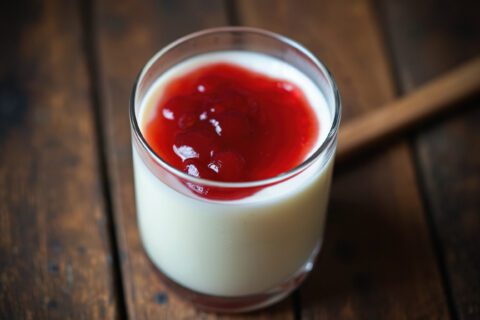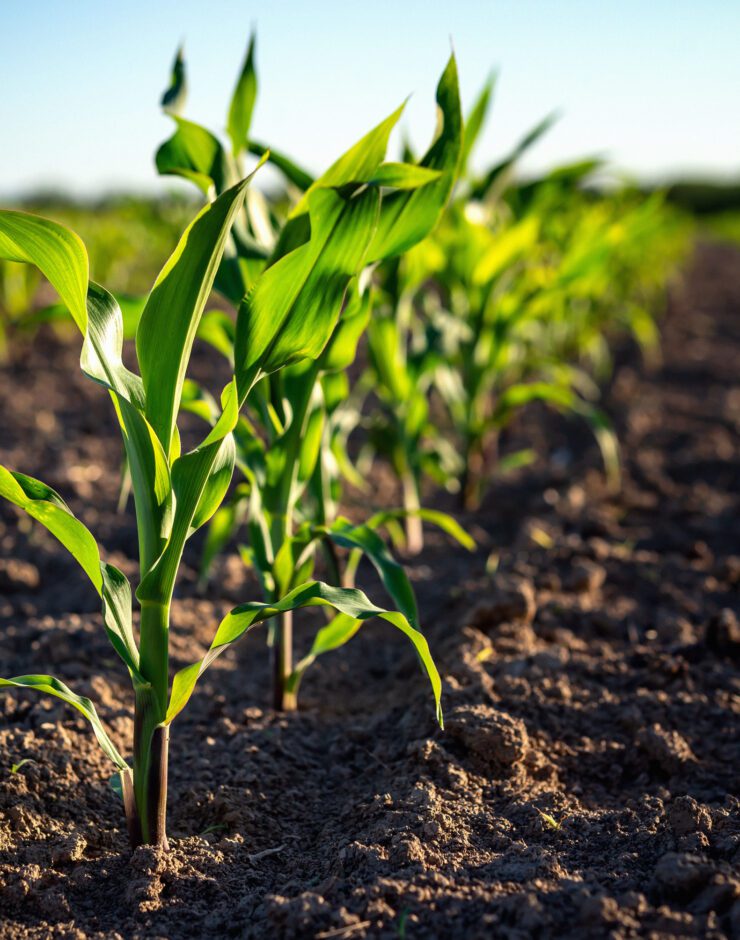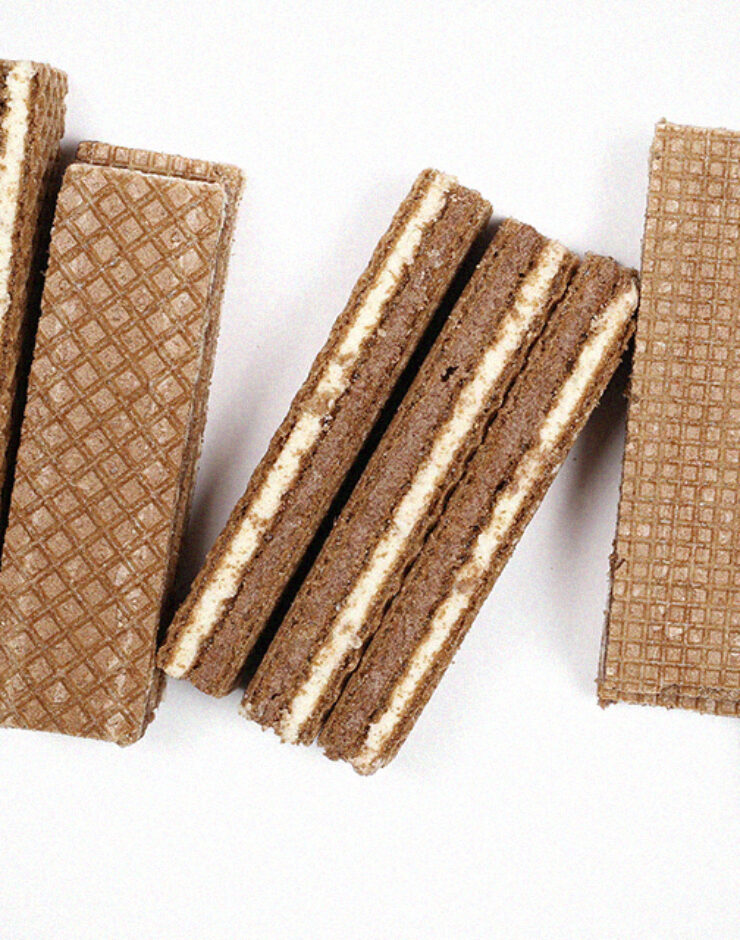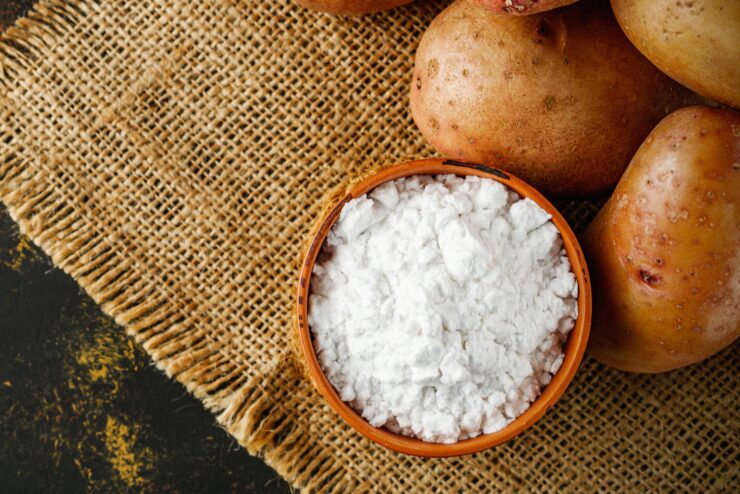Wheat Starch Production Method
Wheat starch is typically produced through wet milling, where wheat flour is mixed with water and enzymes to separate gluten and extract starch granules. The starch is then washed, filtered, and dried into a fine powder. Modified wheat starches may undergo physical or enzymatic treatments to improve process tolerance and performance in heat, acid, or shear-intensive applications.









